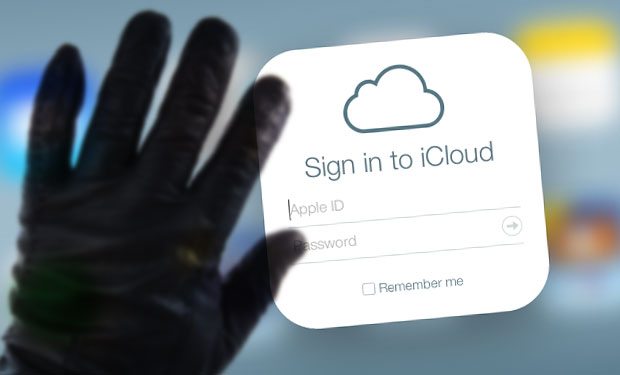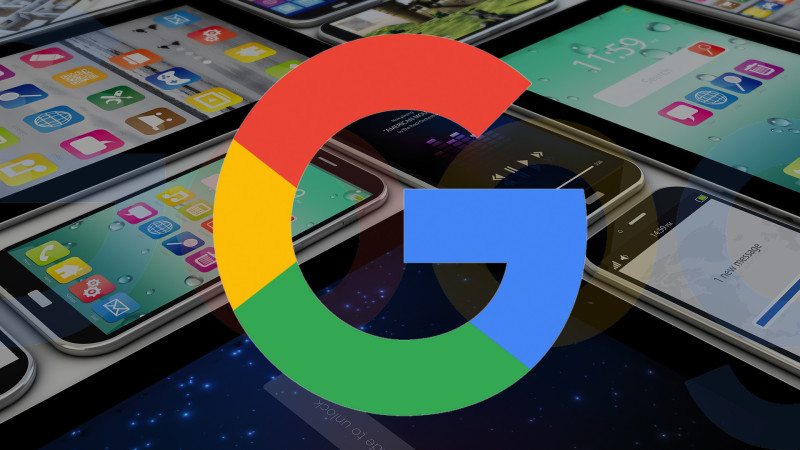You’re about to launch your new website. You have a fantastic idea/product and a great team. You understand the basics of SEO. But you think you cannot do SEO without a live site. It is impossible, right?
- Home
- Digital Marketing
It's been a notable week for digital marketing stats, with new studies, developing news and industry trends. Here are the seven items that caught our eye: 1. Apple is winning against the FBI in the court of
Every company has digital marketing challenges that are unique to their industry, their selling model (direct to consumer/wholesale/hybrid), their technology stack and their organizational structure. But acquiring first-party data to create a true model of customer journey is
Digital marketing stats in the past week have been all about Facebook, the Super Bowl and the 2016 election, with a few other subjects sprinkled in. Check out the nine data points that caught our eye: 1.
Digital marketing is something every company has to give due consideration to. Not an online business you say. Too bad because that doesn’t excuse you from anything. Even local, land-based businesses have to focus on the online
Google has spoken — and an important part of the mobile web will never be the same. At least that’s the theory, and certainly the search giant’s intention. Google sees app install interstitials — those big ads
The move is now official: Bing has taken over serving search results and ads for AOL from Google. Initially announced in June 2015, the 10-year deal affects all AOL search traffic worldwide and on all devices. Here’s a look
When the Hawkeyes played in the Rose Bowl in 1986, the first “laptop” computers weighed 12 pounds, the QVC network was new and the World Wide Web was still three years away. Fast-forward to the wired age
Every business should have but one goal: to be an authority in its industry. You might think the number one goal should be gaining new customers or making more sales. Obviously, that’s what any business wants. But businesses
Thanks to the holidays, there are more digital marketing stats to delve into than usual. We've selected 12 of the most interesting numbers from the past seven days. 1. The Exchange Lab studied digital advertising performances on















